
383-Year-Old Kartik Nach Festival Begins in Patan, Celebrating Heritage and Community Harmony
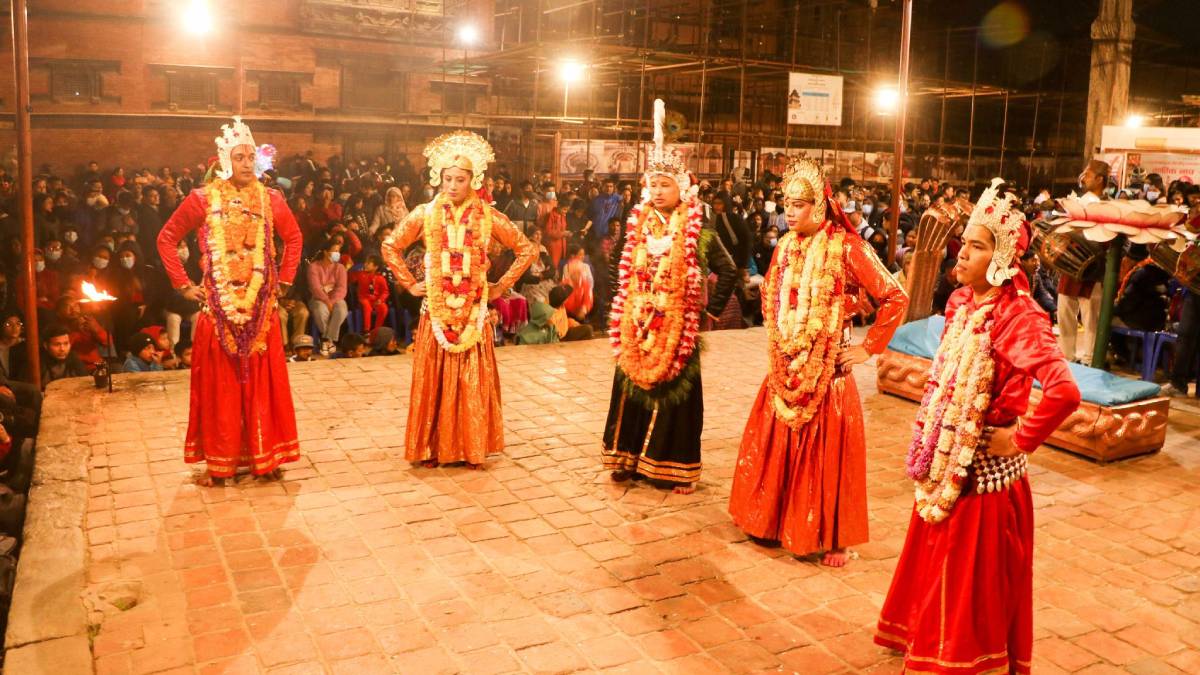
The centuries-old cultural carnival known as Kartik Nach has commenced in the historic Patan city of Nepal’s Lalitpur district. This 383-year-old festival, celebrated at the Kartik square of Patan Durbar Square, brings forth a unique blend of art, history, and spirituality that has endured across generations. According to Kartik Nach Preservation Committee Chair and performer Kiran Chitrakar, this iconic musical drama showcases 17 different myths related to Lord Bishnu, drawing the community together in a rich tapestry of heritage and religious devotion.
Chair Chitrakar explains that the Kartik Nach was initially introduced by King Siddhi Narasingh Malla in the lunar month of Kartik to promote the welfare of the people and ensure the prosperity of the kingdom. The history of Kartik Nach dates back to Nepal Sambat 761 (1697 BS), when it was first introduced as a five-day event. Over time, the festival’s length grew; it now spans 10 days and features distinct performances each night, ensuring a dynamic experience for festival-goers who gather at the heritage site of Patan Durbar Square.
A Cultural Legacy to Ward Off Fear and Fostering Harmony
Historically, Kartik Nach is believed to have been introduced by King Siddhi Narsingh Malla to dispel fear and promote a sense of security among the residents of Lalitpur. The dance forms and musical arrangements were crafted by the King’s mentors, Hari Bansa Upadhyay and Bishwa Nath Upadhyay, who established the unique movements, gestures, and symbolism embedded in each performance. Originally, the festival was extended to 15 days by the King’s son, Shree Niwas Malla, but in recent years, due to financial limitations and the challenge of retaining skilled performers, the event was condensed to 10 days.
Chitrakar underscores that the carnival is much more than a festival; it’s an intangible cultural heritage of Newari society. The Kartik Nach incorporates religious and tantric elements, and the dances are steeped in traditions that foster unity within the community. Initially performed in the Maithili language, the musical drama was eventually translated into Nepal Bhasa, making it accessible to the Newari people who treasure it today as a cultural milestone.
Kartik Nach: World’s Longest Musical Drama
According to Sanjay Sharma Rajopadhyay, Coordinator of the Kartik Nach publicity committee, Kartik Nach holds a unique status as one of the world’s longest continuous musical dramas. Historical accounts show that the festival used to last up to 27 days, a testament to its grandeur. However, since the people’s movement in 2007 BS, the musical drama was reduced to two days, featuring only the Baraha and Narsingha incarnations of Lord Bishnu. The 10-day format was reinstated in 2037 BS, bringing back more stories and elements of the drama, while preserving the essential cultural and religious aspects.
A Push to Sustain and Professionalize the Heritage
To ensure the future of Kartik Nach, the Preservation Committee has set an ambitious goal to establish a fund of Rs 100 million. This fund would provide resources to professionalize the artistry, support performers, and share knowledge with younger generations. The committee also aims to provide scholarships to all participants and establish insurance coverage to safeguard their contributions to this unique form of cultural expression.
Lalitpur Metropolitan City has committed Rs 10 million toward the preservation of Kartik Nach, with additional financial support pledged by local wards. Ward No. 16 has contributed Rs 1 million, while Ward No. 11 has provided Rs 900,000 to further bolster the festival’s continuity and growth.
The Kartik Nach continues to serve as a vibrant celebration of cultural identity, communal harmony, and artistic tradition, capturing the spirit of Newar society in a ten-day spectacle of music, dance, and storytelling. Each evening at Patan Durbar Square, the heritage of Patan shines through, inviting people from all walks of life to participate in a legacy that unites past and present, tradition and innovation.
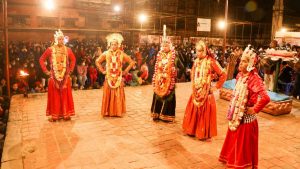
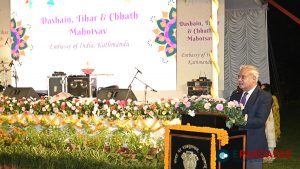
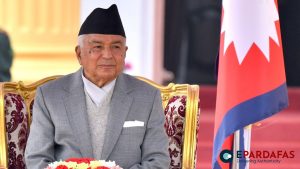
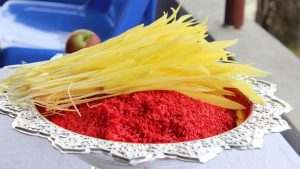
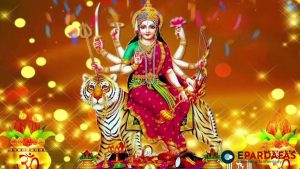
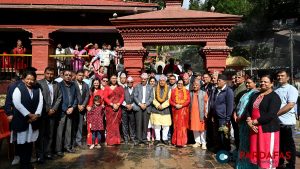






Comments